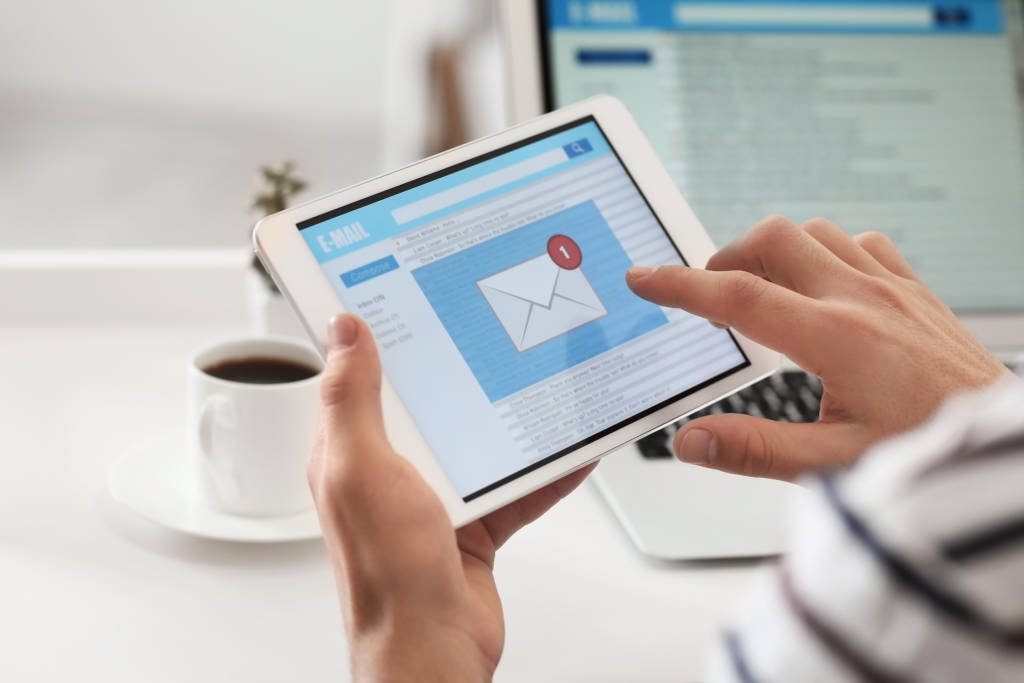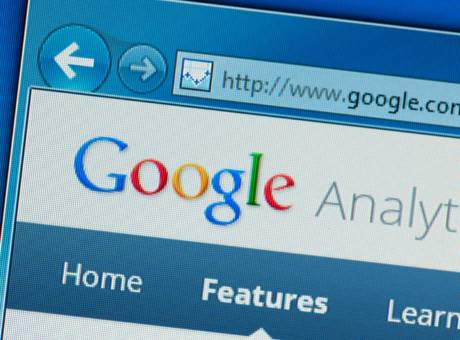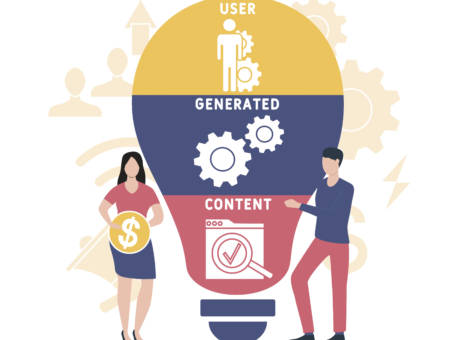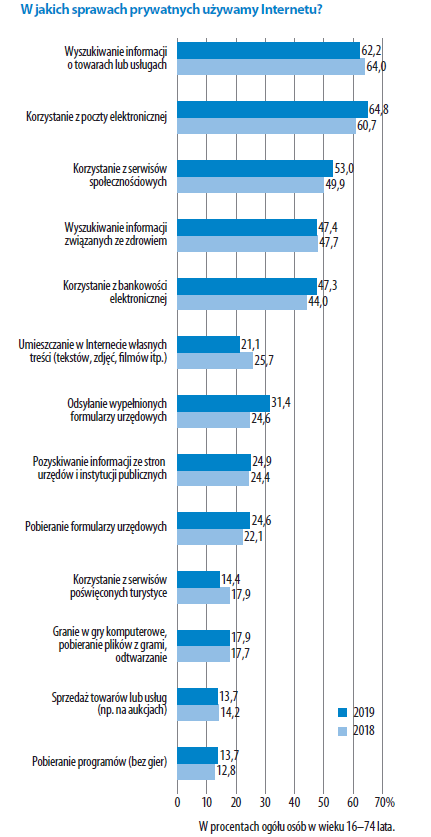
E-mail marketing as an effective sales tool
Should the effectiveness of e-mail marketing be questioned in the era of social media expansion? Should we undermine its positive impact on brand recognition, building a positive brand image and expanding the group of customers?
It turns out that despite the dynamic growth of interest in social media and the expansion of their functionality, e-mail marketing campaigns are still considered one of the most effective ways to create sales. Which factors contribute to such high effectiveness of e-mail marketing?
PERSONALISED E-MAIL REACHES INTERESTED CUSTOMERS
An e-mail marketing campaign is created on the basis of specific people related to your brand, interested in your offer or having great potential to become your regular customers. These are people who have already placed an order in your e-shop, sent an inquiry concerning your offer, read an article on your blog or spent a few minutes on your website. The effectiveness of e-mail marketing depends to a large extent on very specific activities. They are not accidental, and most importantly, the group of people by whom the message is received is usually your target group.
It also helps you match your content to your audience. If you define the characteristics of your target group correctly, you will take active measures. Both the language, content and visual aspects of the e-mails should reflect what your recipients expect.
As many as 97% of Internet users have an e-mail account. According to the Gemius PBI survey, in January 2020 there were 28.1 million Internet users in Poland. On the other hand, Facebook is used by over 18 million users, which is definitely less than people who use e-mail. So it can be concluded that the popularity of social media is not able to deprive e-mail marketing of its effectiveness at the moment.
It is also worth mentioning that nowadays a lot of people communicate via the Internet, giving up the traditional form of telephone calls. E-mail, which is checked daily by many users, is a form of Internet communication. This is due to e.g. the constant increase in the number of people working remotely. Many companies are introducing this possibility, allowing their employees more freedom of work. It is a kind of benefit that increases the level of loyalty to your employer. Remote work is also typical of freelancers providing services in the field of IT, marketing, graphics and photography. E-mail is also their primary communication tool for them. This is another factor influencing the effectiveness of e-mail marketing activities.
The recipient’s attention is more likely to be drawn to personalised e-mails that address them directly. Address your recipients by the first name and provide them with content they may be most interested in. You will learn about it from the statistics as well as from the analyses that are available in the tools for creating e-mail marketing campaigns. Messages should not be long, but they should be interesting, maybe surprising, sometimes funny, at other occasions providing new information. The subject of the message determines whether the recipient clicks on it. Let it be consistent with the content, but also be creative. You have to take into account the fact that your e-mail may be accompanied by many other messages entering your recipient’s inbox at the same time.
MEASURABLE AND HIGHLY EFFECTIVE E-MAIL MARKETING CAMPAIGN
The effectiveness of e-mail marketing can be measured by checking response to it, using appropriate tools. The effectiveness of marketing activities is largely determined by continuous analyses and observations, thanks to which we receive valuable information regarding individual indicators. Click-through and unsubscribe rates are just some of the metrics that are analysed. They can be additionally supplemented with others that allow you to control sales and revenues. To measure the effectiveness of e-mail marketing activities, the popular Google Analytics tool is used, among others. The basic indicators that are worth focusing on are: OR (Open Rate) – that is the rate of openings of our e-mail marketing; and CTR (Click Through Rate), i.e. an indicator that allows you to define the interest of users in a specific offer or information contained in e-mail marketing.
It turns out that e-mail marketing campaigns enable you to achieve 4000 per cent return on investment, which is a very good result – much better than with Facebook ads. Such a high ROI is possible thanks to relatively low investment costs in campaigns, quick results and high interest of customers. Many studies clearly indicate e-mail marketing as one of the most profitable marketing strategies.
POSSIBILITY OF INTEGRATION OF E-MAIL MARKETING WITH OTHER MEDIA
Online e-mail marketing is also very good support for other promotion channels. You don’t have to sacrifice social media to benefit from your e-mail marketing campaign. The better-tailored communication channels are to the target group, the greater the chance of expanding the scope of activities. Take advantage of a large number of Facebook fans to build your base of addressees you need in your e-mail marketing campaign. By combining communication channels, integrating them with each other, you create a complete and thus coherent strategy, based on a wide audience. We have different habits – some check e-mail more often, others spend a lot of time on social media. By combining these media, you do not give up on any of these target groups. According to the data from the Polish Central Statistical Office, as many as 64.8% of Internet users treat checking their e-mail as the key purpose of using the Internet.
Source: https://stat.gov.pl/
This only confirms the fact that it is one of the most important activities that we perform in virtual reality both at work and in private life.
Effective e-mail marketing is targeted at people potentially interested in your company, product or service. Therefore, there must be a perfect order in the respondent base. So take care of its segmentation, check which recipients have been most active so far and most often responded to your e-mails. Also note the days and times when they responded to your messages. Effective e-mail marketing should be aimed at a specific target group and personalised for each recipient. In order to constantly increase the effectiveness of your activities, control the results, make changes, modifying e-mail marketing according to the preferences of recipients.
Electronic mail was created as a replacement for traditional mail. It was a response to the increasing expansion of the Internet. Even despite many changes in this area and the expansion of online marketing activities, it still remains a communication tool. It serves both to maintain relationships and build them. This is one of the reasons why the effectiveness of e-mail marketing is still high. It is not seen only as an advertisement, but as a way to communicate something important and interesting to the recipient.

REACH CUSTOMERS,
BOOST SALES













